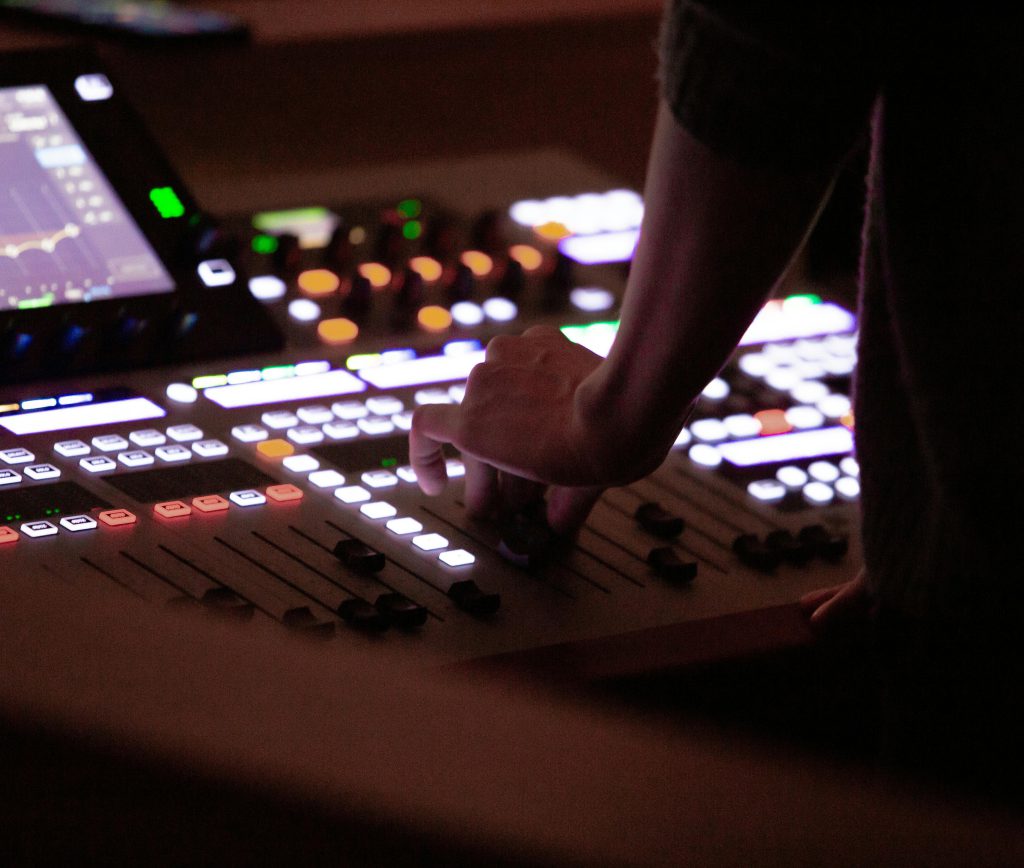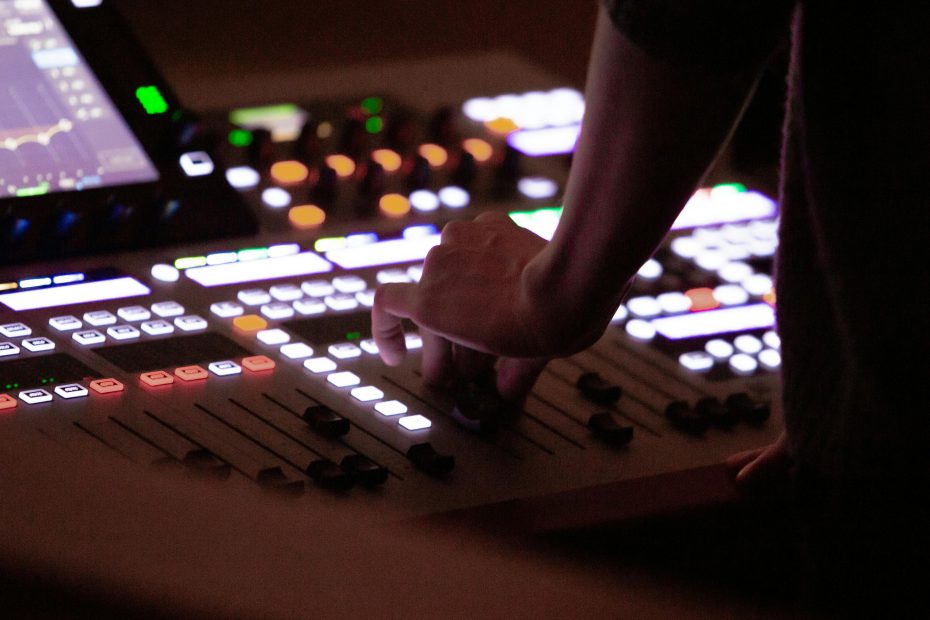If you’ve ever been curious about unconventional ways to improve clarity and impact in your live audio, there’s one interesting mixing technique that’s worth trying, especially when using a PA system. Whether you’re a sound engineer, a band member, or a solo performer handling your own mix, understanding and experimenting with new methods can bring surprisingly professional results to your PA system workflow.
In this article, we’ll explore a lesser-known mixing method that enhances dynamics, stereo imaging, and vocal clarity—while staying easy to implement in your existing PA system setup.

How an Unusual Mixing Technique Can Improve a PA System
Rethinking Signal Flow in Your PA System
What Most People Do in Standard Mixes
In a typical PA system, inputs are routed directly to faders, maybe grouped via buses, and then sent to the main mix. This works just fine in most situations. However, when the sound gets muddy or instruments compete for space, this “flat” method might not deliver enough clarity or depth.
Subtractive vs Additive Mixing
Traditional subtractive mixing relies on reducing volume or cutting frequencies to create space. While useful, it can thin out your mix on a PA system. The technique we’ll introduce emphasizes additive processing—using parallel routing and phase-aware summing to build richness and depth.
Parallel Compression and Frequency Separation in a PA System
Use Parallel Compression to Add Power to Your PA System Sound
How It Works
In this mixing technique, a signal (e.g., vocals, drums) is duplicated and split:
One copy is left untouched (dry).
The second copy is heavily compressed and EQ’d.
Both are blended together in the PA system.
This gives you the punch of compression and the dynamics of a live signal without losing natural tone. The result? A fuller, more consistent presence across your PA system—especially in large or noisy environments.
What to Use
Most digital mixers support bus routing that allows for easy parallel processing. In analog PA systems, you can use hardware compressors on aux sends and return the signal via dedicated faders.
Using Mid-Side Techniques in a Live PA System Environment
Expanding the Stereo Image of Your PA System
Mid-Side Processing in Real Time
Mid-side mixing separates audio into mid (center) and side (stereo difference) channels. This allows you to widen the stereo image without boosting unnecessary reverb or background noise.
On a PA system, widening the stereo field makes the mix feel more “open” without increasing stage bleed or introducing phase issues.
Application in PA Settings
For vocals: emphasize mids, gently widen sides
For instruments: increase stereo content subtly to prevent masking
For crowd mics: control how much ambient noise enters the mix
Mid-side tools can be found in some advanced digital mixers and plugins on laptops used in hybrid PA system setups.
Matrix Routing Tricks for Spatial Control in a PA System
Reassigning Audio Channels Creatively in a PA System
Matrix Mixing Overview
A matrix mix allows you to send combinations of submixes to different outputs. In a PA system, this lets you feed different zones (like front-of-house, side fills, or delay stacks) tailored audio content.
Creating Zone-Specific Mixes
Zone A (front): Focused vocals, dry drums
Zone B (sides): Wider synths, chorus FX
Zone C (rear): Low-end support only
This keeps clarity high and prevents mud in your PA system, especially in large venues or unconventional spaces.
Using Effects as Rhythmic Elements in a PA System Mix
Transforming FX from Background to Foreground in a PA System
Delays and Reverbs as Groove Tools
In this technique, timed delays or rhythmic reverbs are synced to the tempo of the music and used deliberately—not just to add space, but to reinforce the groove.
For example:
Quarter-note delay on vocals creates call-and-response feel
Plate reverb with sidechain compression “breathes” with the drums
When implemented on a PA system, these elements become part of the live rhythm, energizing your mix and keeping it exciting for the audience.
Keeping Effects Clean and Controlled
Use aux sends to manage effects levels independently. Always test in context of the PA system‘s environment—what sounds subtle on headphones may be overwhelming through 12-inch speakers at 100dB SPL.
Tips to Try This Mixing Approach on Your PA System
Implementing the Technique Step by Step in Your PA System
Start Small
Don’t attempt all techniques at once. Begin with parallel compression or mid-side widening on one instrument group.
Save Presets and Scenes
Use your digital mixer’s scene memory to save and compare mixes. Document what works best for your specific PA system and venue.
Use Quality Cabling and Gain Staging
Even the best mixing technique fails with poor signal integrity. Keep gain staging clean and avoid overdriving any stage of your PA system.
Why This Mixing Style Works So Well with a PA System
Real-World Benefits of Advanced Mixing Techniques in a PA System
Increased Clarity
By sculpting and layering, you reduce masking between instruments, letting each voice or element shine—even in budget or entry-level PA system setups.
More Engaging Performances
A more spatial, dynamic sound means a more immersive experience for the audience. This leads to higher satisfaction and fewer complaints about “muddy” sound.
Flexibility for Future Expansion
These techniques scale well. Whether you’re on a tiny 4-channel analog board or a 48-input digital console, mastering them prepares you for every PA system situation.
Try Something New to Elevate Your PA System Sound
If your live mixes have started sounding dull or washed out, it might be time to shake things up with some creative engineering. This interesting mixing technique, centered around parallel processing, mid-side width, and rhythmic FX, brings new energy and dimension to your sound.
Experimenting with advanced signal routing not only keeps things fresh but can dramatically improve the clarity, punch, and professional feel of your PA system. As always, test in your actual environment, trust your ears, and stay curious. With just a few tweaks, your next gig might sound better than ever—all thanks to innovative PA system mixing.
